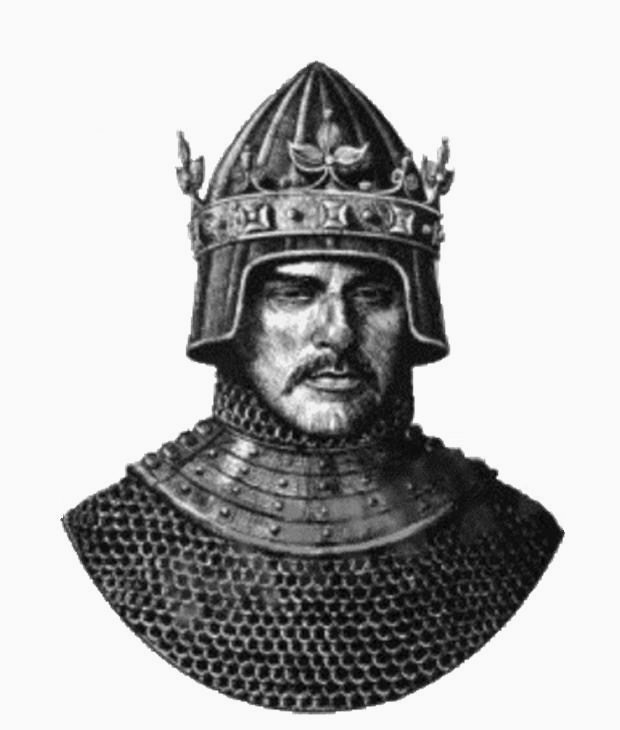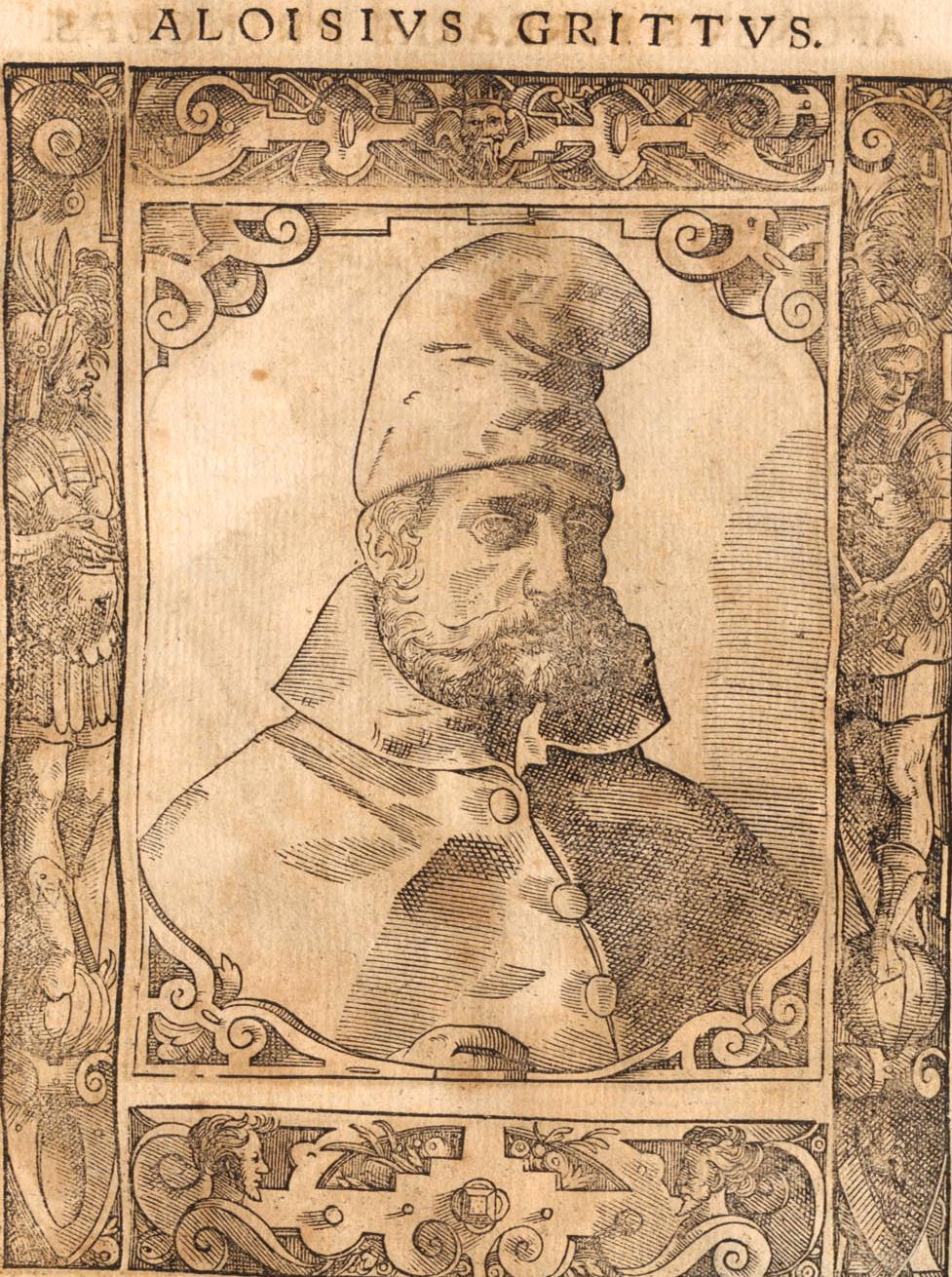|
Etymology Of Romania
The name of Romania (România) comes from the Romanian ''Român'', which is a derivative of the Latin adjective ''Romanus'' (Roman). Romanians are a people living in Central and South-Eastern Europe speaking a Romance language. Etymology of the ethnonym ''Romanian'' (român) During the transition from Vulgar Latin to Romanian, there were some phonetical changes that modified ''romanus'' into ''român'' or ''rumân''. The accusative form ''romanum'' was retained. * ending "-m" dropped (occurred in all Romance languages) * ending "-u" dropped (regular change; in Old Romanian was however still present) * "a" → "â" (regular change; vowels before nasal stops turned into "â"/"î") * "o" → "u" (regular change; however, in some regions of Romania, the variant with "o" was kept) A reference to the name ''Romanian'' could be contained in the ''Nibelungenlied'' (written between 1180 and 1210), where a "''Duke Ramunc of Walachia,/with seven hundred vassals, galloped up before her/like ... [...More Info...] [...Related Items...] OR: [Wikipedia] [Google] [Baidu] |
Latin
Latin (, or , ) is a classical language belonging to the Italic branch of the Indo-European languages. Latin was originally a dialect spoken in the lower Tiber area (then known as Latium) around present-day Rome, but through the power of the Roman Republic it became the dominant language in the Italian region and subsequently throughout the Roman Empire. Even after the fall of Western Rome, Latin remained the common language of international communication, science, scholarship and academia in Europe until well into the 18th century, when other regional vernaculars (including its own descendants, the Romance languages) supplanted it in common academic and political usage, and it eventually became a dead language in the modern linguistic definition. Latin is a highly inflected language, with three distinct genders (masculine, feminine, and neuter), six or seven noun cases (nominative, accusative, genitive, dative, ablative, and vocative), five declensions, four verb conjuga ... [...More Info...] [...Related Items...] OR: [Wikipedia] [Google] [Baidu] |
Italian People
, flag = , flag_caption = The national flag of Italy , population = , regions = Italy 55,551,000 , region1 = Brazil , pop1 = 25–33 million , ref1 = , region2 = Argentina , pop2 = 20–25 million , ref2 = , region3 = United States , pop3 = 17-20 million , ref3 = , region4 = France , pop4 = 1-5 million , ref4 = , region5 = Venezuela , pop5 = 1-5 million , ref5 = , region6 = Paraguay , pop6 = 2.5 million , region7 = Colombia , pop7 = 2 million , ref7 = , region8 = Canada , pop8 = 1.5 million , ref8 = , region9 = Australia , pop9 = 1.0 million , ref9 = , region10 = Uruguay , pop10 = 1.0 million , r ... [...More Info...] [...Related Items...] OR: [Wikipedia] [Google] [Baidu] |
Alba Iulia
Alba Iulia (; german: Karlsburg or ''Carlsburg'', formerly ''Weißenburg''; hu, Gyulafehérvár; la, Apulum) is a city that serves as the seat of Alba County in the west-central part of Romania. Located on the Mureș River in the historical region of Transylvania, it has a population of 63,536 (). During ancient times, the site was the location of the Roman camp Apulum. Since the High Middle Ages, the city has been the seat of Transylvania's Roman Catholic diocese. Between 1542 and 1690 it was the capital of the principality of Transylvania. At one point it also was a center of the Eastern Orthodox Metropolitan of Transylvania with suffragan to Vad diocese.Maksym Mayorov. Metropolitan of Kiev and other Eastern Orthodox Churches before 1686 (Київська митрополія та інші православні церкви перед 1686 роком ) Likbez. 16 December 2018 On 1 December 1918, the Union of Transylvania with Romania was declared in Alba Iulia, and th ... [...More Info...] [...Related Items...] OR: [Wikipedia] [Google] [Baidu] |
Stanisław Orzechowski
Stanisław Orzechowski, also known among others as Stanisław Orżechowski Roxolan, Stanislaus Orichovius Polonus, Stanislaus Orichovius Ruthenus,Orzechowski, Stanisław Okszyc (1513-1566). (Nazwa osobowa) // Biblioteka Uniwersytet Kardynała Stefana Wyszyńskiego, 2019 Stanislaus Okszyc Orzechowski Roxolanus,Stanislaus Okszyc Orzechowski. Fidelis subditus '. 1696 Stanislas Orzechowski and Stanislaus Orzechowski (1513–1566) was a political writer. The son ... [...More Info...] [...Related Items...] OR: [Wikipedia] [Google] [Baidu] |
Transylvanian Saxons
The Transylvanian Saxons (german: Siebenbürger Sachsen; Transylvanian Saxon: ''Siweberjer Såksen''; ro, Sași ardeleni, sași transilvăneni/transilvani; hu, Erdélyi szászok) are a people of German ethnicity who settled in Transylvania (german: Siebenbürgen) in waves starting from the mid- 12th century until the mid 19th century. The legal foundation of the settlement was laid down in the Diploma Andreanum issued by King Andrew II of Hungary that is known for providing the first territorial autonomy hitherto in the history. The Transylvanian "Saxons" originally came from Flanders, Hainaut, Brabant, Liège, Zeeland, Moselle, Lorraine, and Luxembourg, then situated in the north-western territories of the Holy Roman Empire around the 1140s. After 1918 and the dissolution of Austria-Hungary, in the wake of the Treaty of Trianon, Transylvania united with the Kingdom of Romania. Consequently, the Transylvanian Saxons, together with other ethnic German sub-groups in newly e ... [...More Info...] [...Related Items...] OR: [Wikipedia] [Google] [Baidu] |
Romanian Principalities
The Danubian Principalities ( ro, Principatele Dunărene, sr, Дунавске кнежевине, translit=Dunavske kneževine) was a conventional name given to the Principalities of Moldavia and Wallachia, which emerged in the early 14th century. The term was coined in the Habsburg monarchy after the Treaty of Küçük Kaynarca (1774) in order to designate an area on the lower Danube with a common geopolitical situation.Heppner Harald, ''Österreich und die Donaufürstentümer 1774–1812. Ein Beitrag zur habsburgischen Südosteuropapolitik'', Habilitationsschrift, Graz, 1984, p.8-9 The term was largely used then by foreign political circles and public opinion until the union of the two principalities in 1859. Alongside Transylvania, the United Principalities of Moldavia and Wallachia became the basis for the Kingdom of Romania, and by extension the modern nation-state of Romania. In a wider context, the concept may also apply to the Principality of Serbia as one of ''The Pr ... [...More Info...] [...Related Items...] OR: [Wikipedia] [Google] [Baidu] |
Johannes Lucius
Johannes Lucius ( hr, Ivan Lučić; it, Giovanni Lucio; September 1604 – 11 January 1679) was a Dalmatian historian, whose greatest work is ''De regno Dalmatiae et Croatiae'' ("On the Kingdom of Dalmatia and Croatia"), which includes valuable historical sources, a bibliography and six historical maps. Due to his critical approach, he is considered the founder of Croatian historiography. Born in September 1640 in Trogir in a noble family, Lucius studied in Trogir and Rome, graduating philosophy, mathematics, political sciences and literature in 1628, and receiving Ph.D. in civil and canonical law in 1630. Following graduation, he worked as councilmen and judge in his hometown and developed intensive scientific-research work. His first book ''Vita B. Ioannis confessoris episcopi Traguriensis et eius miracula'' ife of St. John the Confessor, Bishop of Trogir(1657) is an important source of Croatian, and especially Dalmatian, history between 11th and 13th centuries. His capit ... [...More Info...] [...Related Items...] OR: [Wikipedia] [Google] [Baidu] |
Dalmatian Italians
Dalmatian Italians are the historical Italian national minority living in the region of Dalmatia, now part of Croatia and Montenegro. Since the middle of the 19th century, the community, counting according to some sources nearly 20% of all Dalmatian population in 1840, suffered from a constant trend of decreasing presence and now, as a result of the Istrian-Dalmatian exodus, numbers only around 1,000–4,000 people. Throughout history, though small in numbers in the last two centuries, it exerted a vast and significant influence on the region. They are currently represented in Croatia and Montenegro by the Italian National Community (Italian: ''Comunità Nazionale Italiana'') (CNI). The Italo-Croatian minorities treaty recognizes the Italian Union (''Unione Italiana'') as the political party officially representing the CNI in Croatia. The Italian Union represents the 30,000 ethnic Italians of former Yugoslavia, living mainly in Istria and in the city of Rijeka (Fiume). Followi ... [...More Info...] [...Related Items...] OR: [Wikipedia] [Google] [Baidu] |
Pierre Lescalopier
Pierre is a masculine given name. It is a French form of the name Peter. Pierre originally meant "rock" or "stone" in French (derived from the Greek word πέτρος (''petros'') meaning "stone, rock", via Latin "petra"). It is a translation of Aramaic כיפא (''Kefa),'' the nickname Jesus gave to apostle Simon Bar-Jona, referred in English as Saint Peter. Pierre is also found as a surname. People with the given name * Abbé Pierre, Henri Marie Joseph Grouès (1912–2007), French Catholic priest who founded the Emmaus Movement * Monsieur Pierre, Pierre Jean Philippe Zurcher-Margolle (c. 1890–1963), French ballroom dancer and dance teacher * Pierre (footballer), Lucas Pierre Santos Oliveira (born 1982), Brazilian footballer * Pierre, Baron of Beauvau (c. 1380–1453) * Pierre, Duke of Penthièvre (1845–1919) * Pierre, marquis de Fayet (died 1737), French naval commander and Governor General of Saint-Domingue * Prince Pierre, Duke of Valentinois (1895–1964), father ... [...More Info...] [...Related Items...] OR: [Wikipedia] [Google] [Baidu] |
Ferrante Capeci
Ferrante is both a given name and a surname. Notable people with the name include: ;Italian nobility *Antonio Ferrante Gonzaga, Duke of Guastalla (1687–1729) *Don Ferrante (1423–1494), Ferdinand I, King of Naples *Ferrante II of Naples (1469–1496), Ferdinand II, King of Naples *Ferrante I Gonzaga (1507–1557), Italian ''condottiero'' (mercenary), Count of Guastalla * Ferrante II Gonzaga, Duke of Guastalla (1563–1630) *Ferrante III Gonzaga, Duke of Guastalla (1618–1678) ;Given name *Ferrante Aporti, Italian educator * Ferrante Bacciocchi, Italian painter *Ferrante Imperato (c. 1525 – c. 1615), apothecary of Naples *Ferrante Pallavicino, Italian writer ;Surname * Andrea Ferrante (born 1968), Italian composer * Arthur Ferrante (1921–2009), of the American Ferrante & Teicher piano duo *Bruno Ferrante, Italian politician *Damon Ferrante, American composer * Elena Ferrante, Italian novelist *Frank Ferrante, American actor *Jack Ferrante, American football player *Jeanne F ... [...More Info...] [...Related Items...] OR: [Wikipedia] [Google] [Baidu] |
Aloisio Gritti
Alvise Gritti (born 29 September 1480, died 1534), whose first name may also be spelled Aloisio, Lodovico, Ludovico, Luigi or Louis (Hungarian ''Lajos''), was a Venetian politician. He was influential in the Hungarian Kingdom under the reign of King John I of Hungary. He was also a minister of the Ottoman sultan, and regent of Hungary from 1530 to 1534. He was the natural son of Andrea Gritti, the Venetian Bailo of Constantinople during the reign of Sultan Bayezid II and who later became the Doge of Venice in 1523. Youth Gritti’s father lived in Constantinople as a grain merchant for about twenty years before returning as a diplomat on behalf of Venice. During this time he had multiple sons with a Greek, possibly Turkish, concubine. The commonly cited number is four, Pietro, Alvise, Lorenzo, and Zorzi; however, Eric Dursteler mentions only three, citing one of Gritti's father's political opponents who argued that "one who has three bastard sons in Turkey should not be made Dog ... [...More Info...] [...Related Items...] OR: [Wikipedia] [Google] [Baidu] |
Francesco Della Valle
Francesco, the Italian (and original) version of the personal name "Francis", is the most common given name among males in Italy. Notable persons with that name include: People with the given name Francesco * Francesco I (other), several people * Francesco Barbaro (other), several people * Francesco Bernardi (other), several people *Francesco di Giorgio Martini (1439-1501), Italian architect, engineer and painter * Francesco Berni (1497–1536), Italian writer * Francesco Canova da Milano (1497–1543), Italian lutenist and composer * Francesco Primaticcio (1504–1570), Italian painter, architect, and sculptor * Francesco Albani (1578–1660), Italian painter * Francesco Borromini (1599–1667), Swiss sculptor and architect * Francesco Cavalli (1602–1676), Italian composer * Francesco Maria Grimaldi (1618–1663), Italian mathematician and physicist * Francesco Bianchini (1662–1729), Italian philosopher and scientist * Francesco Galli Bibiena (165 ... [...More Info...] [...Related Items...] OR: [Wikipedia] [Google] [Baidu] |


.jpg)


